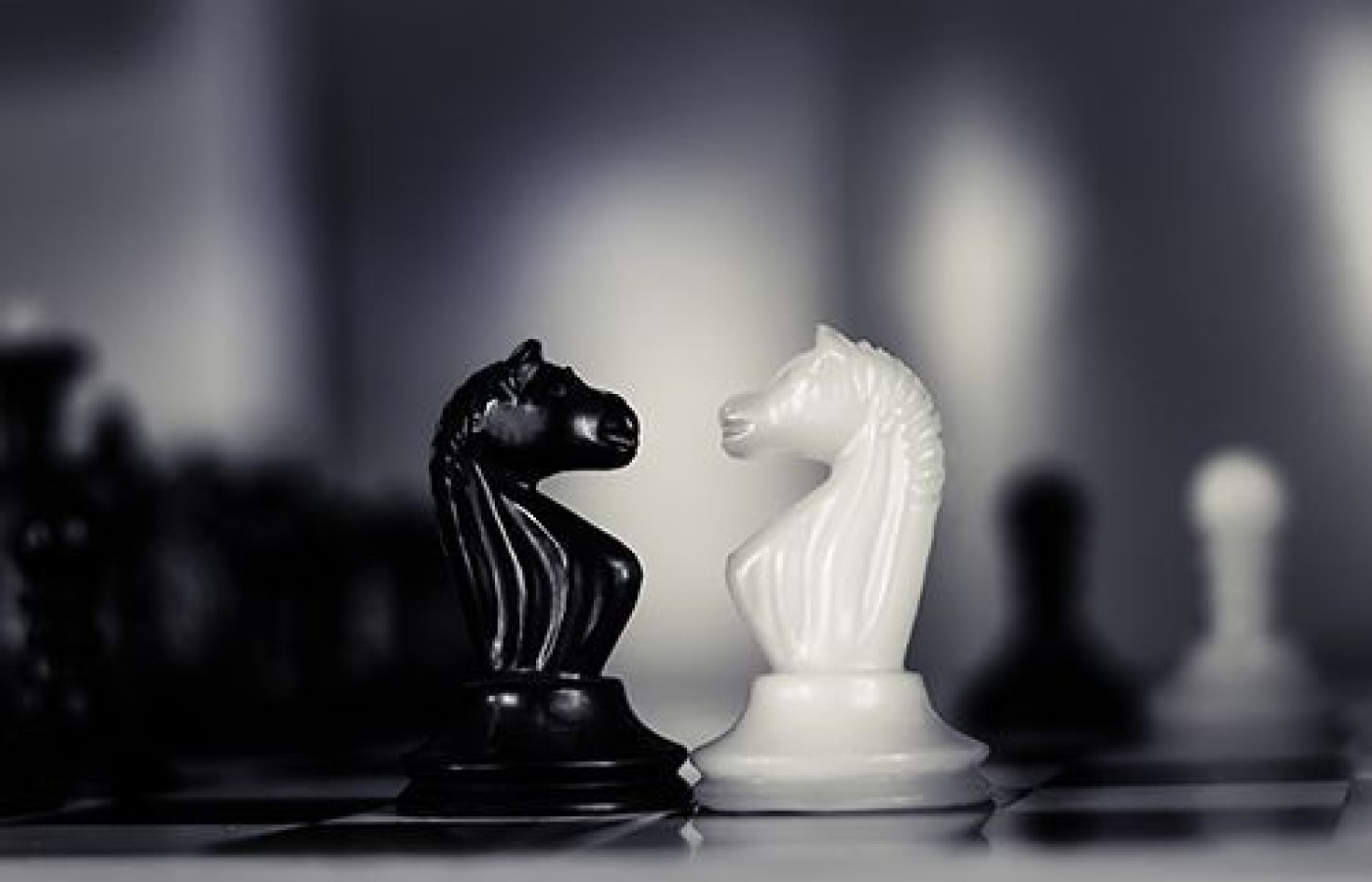Whether you accept it, avoid it or live somewhere in between, insurance coverage has become a defining issue for our profession. Patients increasingly expect to use their benefits, practitioners want to be compensated fairly for their time and expertise, and the system itself remains – at best – fragmented. The encouraging news is that coverage has expanded in meaningful ways. The challenging news is that reimbursement, across the board, remains inadequate.
We're Fighting the Wrong Battle: Dry Needling Is Not Acupuncture
Editor's Note: The following perspective on the dry needling issue is that of the author only, and is not an endorsement or promotion of the subject matter by Acupuncture Today. Beyond providing news and information, we continue to serve as a forum for various opinions and perspectives, particularly when it comes to hot topics. Share your thoughts via email at editorial@mpamedia.com.
In 1993 Mark Seem wrote "A New American Acupuncture" in which he popularized and advocated myofacial release using filiform needles. Although much of the book is expository, what he was advocating was the technique that is popularly known as "dry needling." Dry needling has since become a hot topic within the profession of Chinese medicine. Other therapeutic practitioners have discovered it and are using the technique to great benefit. As a profession, we are vigorously trying to obstruct these other practitioners from performing dry needling because, we claim, it is acupuncture and they don't have sufficient training to call themselves acupuncturists.
To be sure, in this author's experience, many acupuncturists agree with this position. However, when asked to describe dry needling, or if they have ever performed it, the answer is usually a resounding "no."
Before My Study of Chinese Medicine
I first observed the technique close to thirty years ago while working as a paramedic. While in the emergency room of a small Florida hospital, a woman came in complaining of what amounted to be an egg-sized knot in her shoulder. The physician recognized it as a muscle spasm and used a 20-guage 1-inch hypodermic needle to break the spasm.

Although it did release the spasm, the needle caused trauma to the surrounding region due to its construction. This was before I studied Chinese medicine, but once I learned about filiform needles, I immediately recognized the benefit of acupuncture needles over hypodermic for this technique. I had been performing dry needling on patients for two years before Seem's book appeared so I immediately recognized the technique he described.
Dry needling differs from traditional acupuncture (TA) in several respects. It offers immediate response as opposed to minutes to hours before the effects of TA take hold. The needle is removed immediately upon release of the spasm. It is not retained. There is no consideration to channels or specific point location. If a spasm happens to fall on a given point, that is happenstance.
My contention is that using acupuncture needles to perform a technique doesn't make the technique acupuncture. This can best be explained by analogy. If I am a highly trained chef who was schooled in how to create cookies, cakes, pastries, and puffs using the finest flours, sugars, and other ingredients, I may be called a "baker" because I am engaging in an activity nobody disputes as "baking." However, if one of my colleagues uses some of my flour to dredge a fish fillet and sauté it, he cannot call himself a baker even though he uses the same flour as I do. Even if he puts the dredged fillet in the oven and bakes it, that in no way, is the same as creating a fine pastry.
The Misunderstanding
Using acupuncture needles to break a muscle spasm is an excellent technique. It is, however, not acupuncture. That being said, if a physical therapist claims to perform acupuncture when doing dry needling, then that is a very different issue, and one that the profession should vigorously address.
For years, we have been spending energy and resources trying to stop other professions from performing a valuable therapeutic technique. Instead, we should refocus the fight. Our fight shouldn't be prohibiting the technique. Our fight should be instructive that the technique is not acupuncture and those who perform it should not, and can not, state that they practice acupuncture in any form.
As a profession, Chinese medicine is trying desperately to gain credibility. We have our own internal battles. A prime example is the issue of the first professional doctorate vs. the academic; one that even many practitioners and students don't understand. If we want to be seen as professional medical practitioners, we can't be engaging in petty squabbling over who can use "our" needles.
Instead, we need to clarify that dry needling is simply a technique and using it does not imply that the technique is acupuncture. Further, we must stand firm that although any trained professional may use the technique within their scope of practice, they may not call themselves acupuncturists and/or state that what they are doing is acupuncture.
As a final note, it should be remembered that injuries incurred by professionals using dry needling are handled within the licensing board of the given practitioner. As long as the practitioner hasn't stated that what they are doing is acupuncture, it, in no way, affects us. It is time to refocus, and right a ship that has gone off-course.



